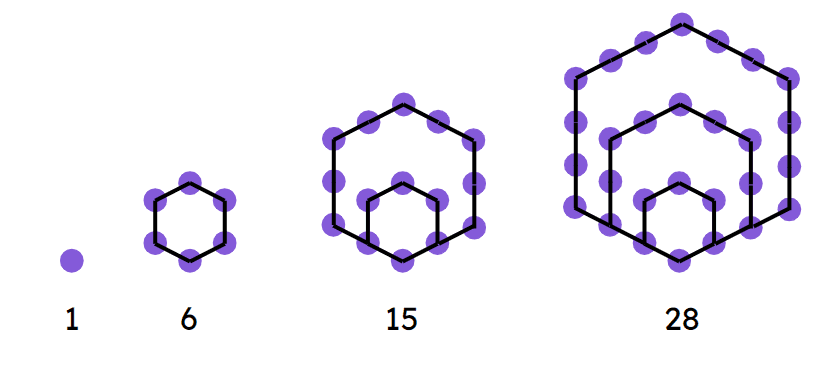Myths about teaching can hold you back


- Year 9
Features of special number sequences
I can appreciate the features of special number sequences, such as square, triangular and cube.


- Year 9
Features of special number sequences
I can appreciate the features of special number sequences, such as square, triangular and cube.
These resources were made for remote use during the pandemic, not classroom teaching.
Switch to our new teaching resources now - designed by teachers and leading subject experts, and tested in classrooms.
Lesson details
Key learning points
- Square number sequences are formed by squaring the position within the sequence.
- Cube number sequences are formed by cubing the position within the sequence.
- Triangular number sequences are formed by increasing the difference by one between each consecutive term.
- These special number sequences can be represented visually.
Keywords
Triangular number - A triangular number is a number that can be represented by a pattern of dots arranged into an equilateral triangle. The term number is the number of dots in a side of the triangle
Common misconception
Square numbers are any number that can be squared.
Give students counters or let them draw dot patterns to explore square numbers geometrically as well as numerically.
To help you plan your year 9 maths lesson on: Features of special number sequences, download all teaching resources for free and adapt to suit your pupils' needs...
To help you plan your year 9 maths lesson on: Features of special number sequences, download all teaching resources for free and adapt to suit your pupils' needs.
The starter quiz will activate and check your pupils' prior knowledge, with versions available both with and without answers in PDF format.
We use learning cycles to break down learning into key concepts or ideas linked to the learning outcome. Each learning cycle features explanations with checks for understanding and practice tasks with feedback. All of this is found in our slide decks, ready for you to download and edit. The practice tasks are also available as printable worksheets and some lessons have additional materials with extra material you might need for teaching the lesson.
The assessment exit quiz will test your pupils' understanding of the key learning points.
Our video is a tool for planning, showing how other teachers might teach the lesson, offering helpful tips, modelled explanations and inspiration for your own delivery in the classroom. Plus, you can set it as homework or revision for pupils and keep their learning on track by sharing an online pupil version of this lesson.
Explore more key stage 3 maths lessons from the Non-linear relationships unit, dive into the full secondary maths curriculum, or learn more about lesson planning.

Licence
Prior knowledge starter quiz
6 Questions
Q1.Which of these are square numbers?
Q2.Which of these arrays represent a square number?
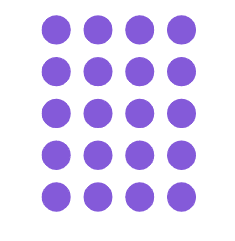
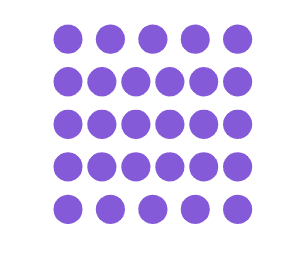
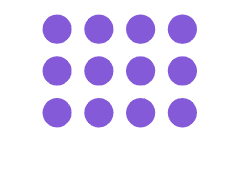
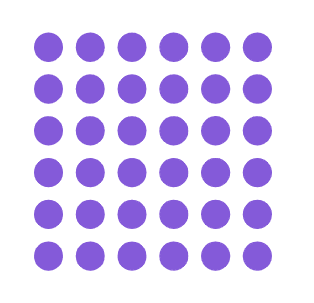
Q3.Which of these are cube numbers?
Q4.Match each sequence with its term-to-term rule.
4, 12, 36, 108, ... -
multiply previous term by 3 to get the next term
4, 12, 20, 28, .... -
add 8 to the previous term to get the next term
4, 12, 22, 34, ... -
add 8, then add 10, increasing the difference by 2 each time
4, 12, 21, 31, ... -
add 8, then add 9, increasing the difference by 1 each time
4, 12, 28, 60, ... -
multiply the previous term by 2 and add 4 to get the next term
Q5.Which of these could be a position-to-term rule for the sequence which starts 5, 8, 11, 14, 17, ... ?
Q6.Which of these could be the first 4 terms of a geometric sequence?
Assessment exit quiz
6 Questions
Q1.Starting with the smallest triangular number, order these numbers so they form the sequence of triangular numbers in ascending order.
Q2.Which of these arrays correctly represents a triangular number?
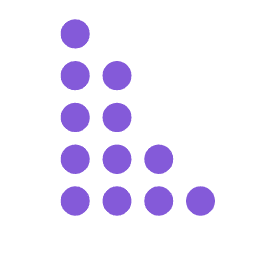
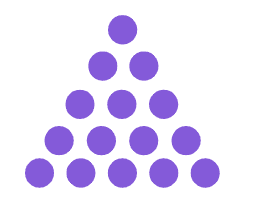
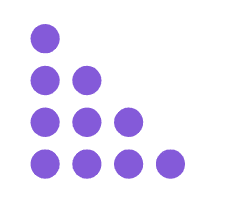
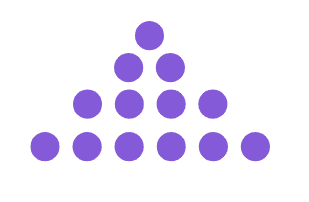
Q3.The $$n^{\text{th}}$$ term rule for a sequence is $$n^{2}$$. The $$8^{\text{th}}$$ term in the sequence is .
Q4.The $$13^{\text{th}}$$ triangular number is 91. The $$14^{\text{th}}$$ triangular number is .
Q5.Match each answer to the correct calculation.
24 -
$$4^{th}$$ square number + $$2^{nd}$$ cube number
122 -
$$1^{st}$$ triangular number + $$11^{th}$$ square number
100 -
$$9^{th}$$ triangular number + $$10^{th}$$ triangular number
140 -
$$5^{th}$$ cube number + $$5^{th}$$ triangular number
8 -
$$6^{th}$$ square number − $$7^{th}$$ triangular number
0 -
$$8^{th}$$ square number − $$4^{th}$$ cube number
Q6.The hexagonal numbers are made by arranging dots on hexagonal shapes. Using the diagram, the $$5^{\text{th}}$$ hexagonal number is .
